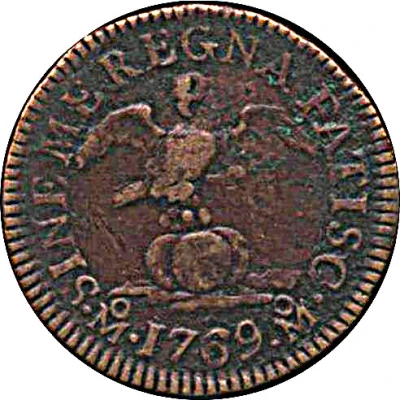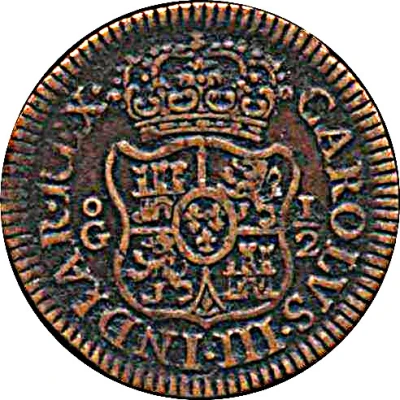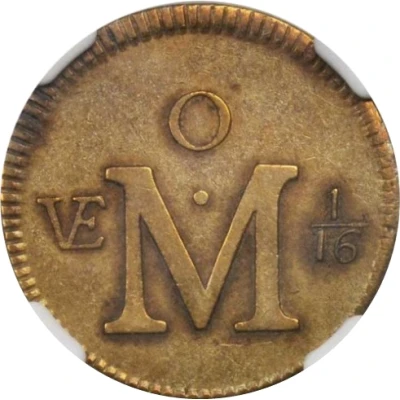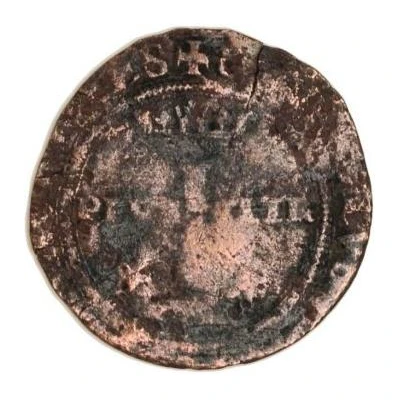
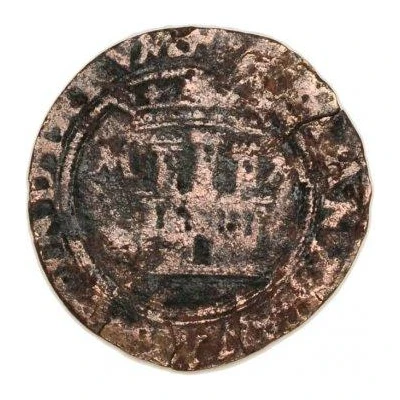

2 Maravedis - Charles I
1542 (1542-1551) years| Copper | 3.3 g | 25 mm |
| Issuer | New Spain (Mexico) |
|---|---|
| King | Charles I (1535-1556) |
| Type | Standard circulation coin |
| Year | 1542 (1542-1551) |
| Value | 2 Maravedis (1⁄16) |
| Currency | Real (1535-1897) |
| Composition | Copper |
| Weight | 3.3 g |
| Diameter | 25 mm |
| Shape | Round |
| Orientation | Coin alignment ↑↓ |
| Demonetized | Yes |
| Updated | 2024-10-06 |
| Numista | N#15138 |
|---|---|
| Rarity index | 92% |
Reverse
At center a crowned castle flanked by an M to each side. On the exterior circle a legend toppled by a cross.
Lettering on this coin is divided in half and should be read from the Obverse to the Reverse to complete the Spanish Imperial motto of "CAROLVS ET IOHANA REGES HISPANIARVM ET INDIARVM"; which in most coins is placed completely on one side of the coin by abbreviating most words
Script: Latin
Lettering: ✝ HISPANIARUM : ET : INDIARUM
Translation: Of Spain and of the Indies
Comment
Formerly KM#1Also known as "Carlos I and Juana"
These Maravedis coins where made to be used by the Natives to replace barter which had until then been their main way of trade. They rejected the coins as they where seen as inferior to the Silver Reales and a way for the Conquistadores to take their merchandise in exchange for mere copper. Most of these coins where thrown to the Texcoco Lake by them; this was the main source for these coins for prospectors, and it is the reason why most of them are rusted after passing centuries underwater or in muddy soil after the lake was reduced in size.
Interesting fact
One interesting fact about the 2 Maravedis coin from New Spain (Mexico) is that it was one of the first coins to feature the image of a Native American. The coin's reverse side depicts a Mexica warrior, which was a nod to the indigenous people who inhabited the region before the arrival of European colonizers. This representation of a Native American on a coin was a rare occurrence in the 16th century and speaks to the rich cultural heritage of Mexico's indigenous peoples.
